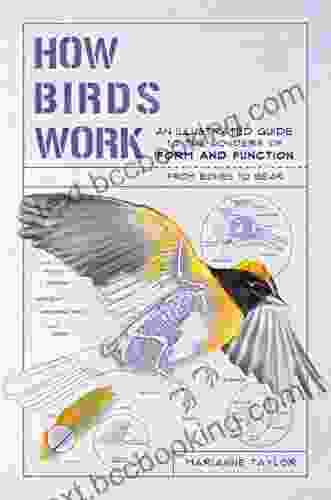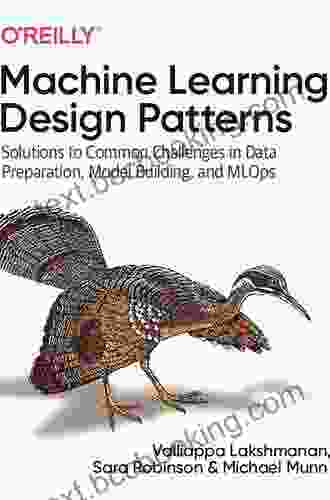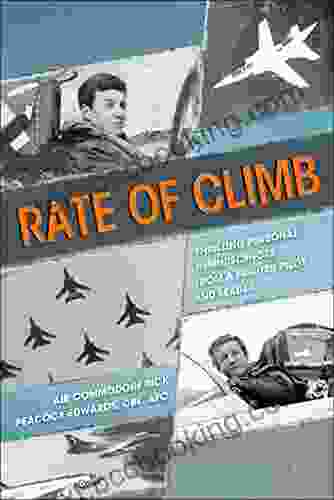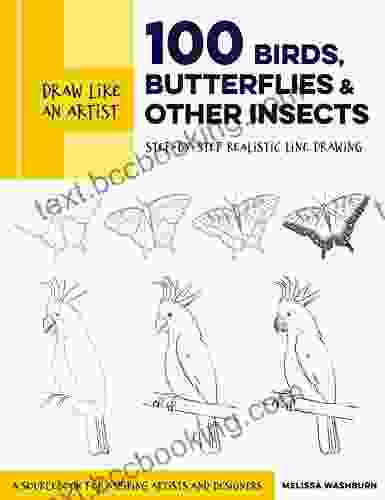: The Enduring Allure of Form and Function
From the graceful flight of an eagle to the intricate structure of a human bone, the natural world is a testament to the remarkable interplay between form and function. In "An Illustrated Guide to the Wonders of Form and Function from Bones to Beak," we embark on a captivating exploration of this fascinating realm, unravelling the secrets of nature's most awe-inspiring designs.
Chapter 1: The Skeletons That Support Life
The skeletal system forms the foundation of our bodies and that of countless other creatures. In this chapter, we delve into the diverse forms and functions of skeletons, from the lightweight bones of birds that enable flight to the massive frames of elephants that support their immense weight. Along the way, we encounter intriguing adaptations, such as the shock-absorbing vertebral discs of dolphins and the self-repairing capabilities of starfish.
4.7 out of 5
| Language | : | English |
| File size | : | 122655 KB |
| Text-to-Speech | : | Enabled |
| Enhanced typesetting | : | Enabled |
| Word Wise | : | Enabled |
| Print length | : | 227 pages |
| Lending | : | Enabled |
| Screen Reader | : | Supported |
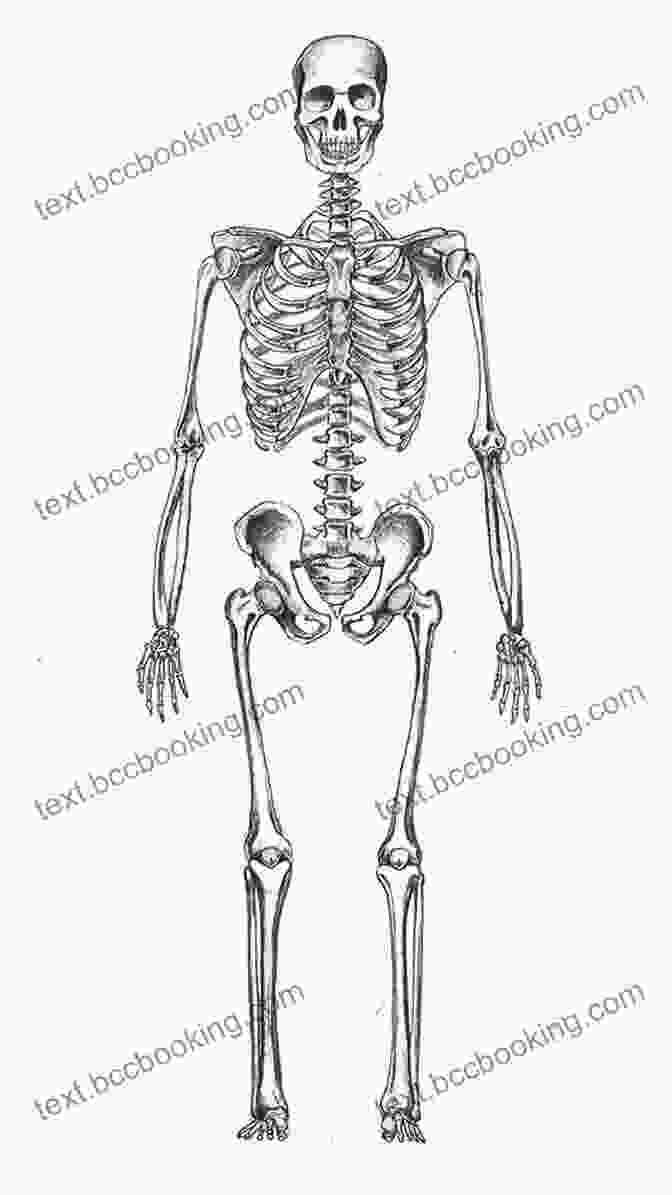
Chapter 2: Muscles: The Engines of Movement
Muscles are the driving force behind every movement, from the delicate flutter of a butterfly's wings to the powerful stride of a lion. This chapter investigates the intricate structure and function of muscles, exploring how they generate force, contract, and relax. We also uncover the remarkable adaptations that allow organisms to perform astonishing feats, such as the ability of chameleons to change color or the incredible leaps of kangaroos.
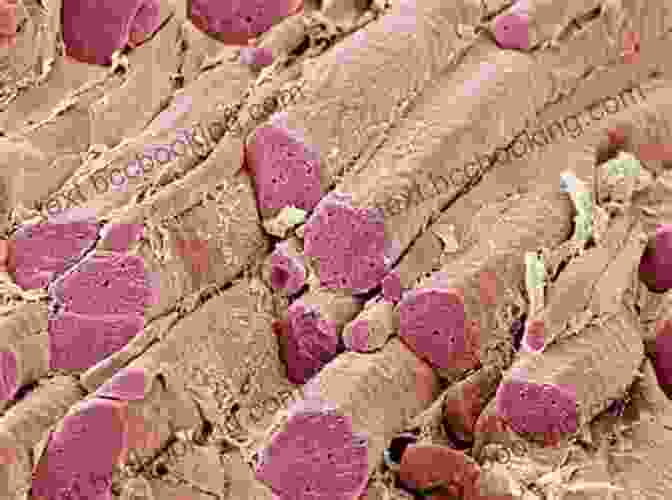
Chapter 3: The Symphony of Nervous Systems
The nervous system is the intricate network that controls every aspect of our being, from thoughts and emotions to bodily functions. In this chapter, we delve into the workings of this remarkable system, examining how it processes information, coordinates responses, and allows organisms to interact with their environment. Along the way, we uncover the fascinating adaptations that enable animals to navigate complex habitats, such as the echolocation abilities of bats or the heat-sensing pits of snakes.
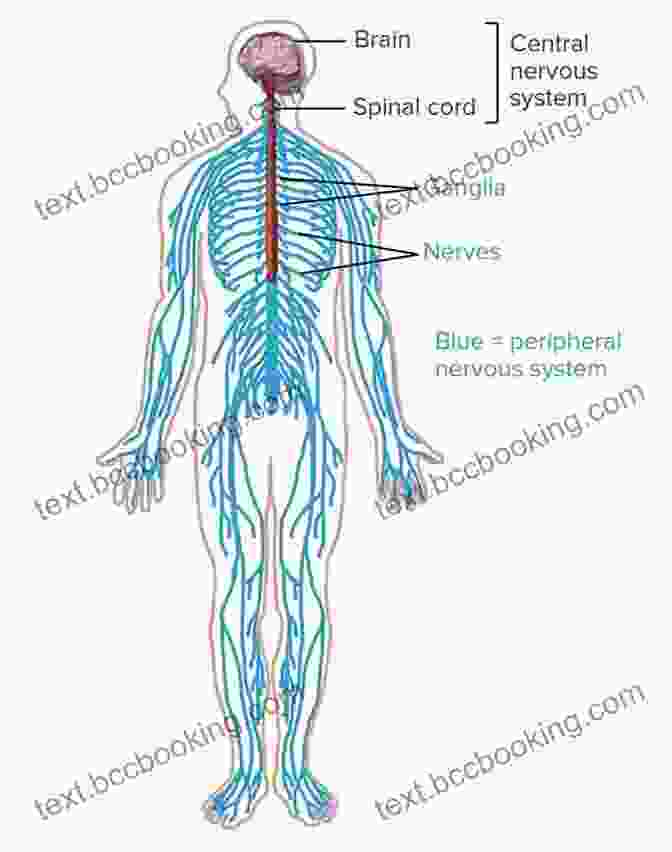
Chapter 4: Respiratory Systems: Breathing Life into the World
The respiratory system is essential for sustaining life, providing the oxygen that fuels our bodies and removing waste products like carbon dioxide. In this chapter, we explore the diverse respiratory adaptations that allow organisms to thrive in a wide range of environments, from the gills of fish to the lungs of mammals. We uncover the remarkable mechanisms that enable birds to fly at high altitudes or turtles to hold their breath for extended periods of time.
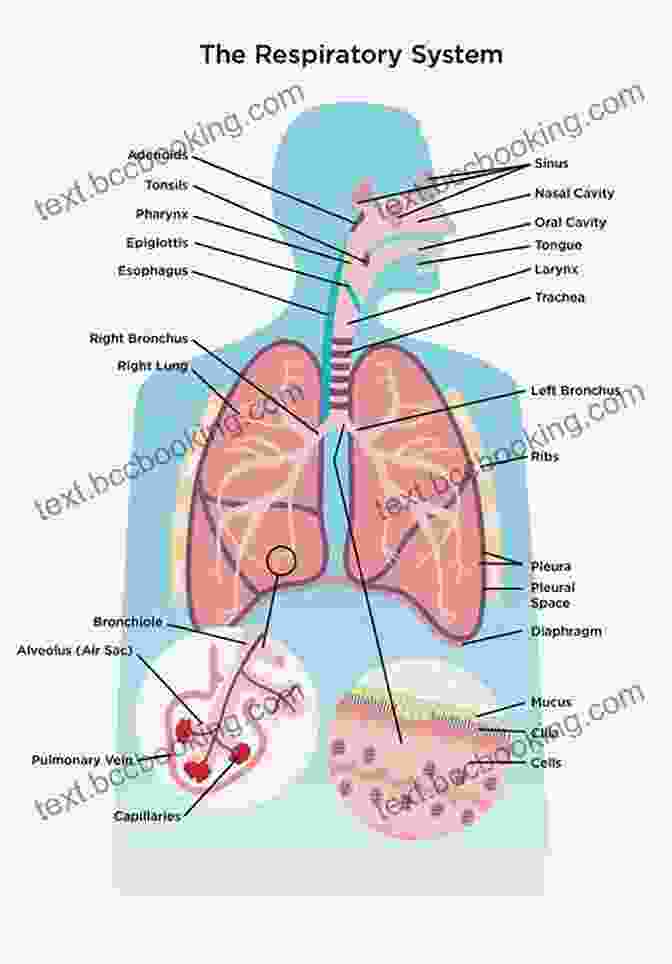
Chapter 5: Circulatory Systems: The Lifeblood of Nature
The circulatory system is the vital network that transports nutrients, oxygen, and hormones throughout the body. In this chapter, we investigate the evolution and diversity of circulatory systems, from the simple hearts of insects to the complex, four-chambered hearts of mammals. Along the way, we uncover the amazing adaptations that allow organisms to survive in extreme environments, such as the ability of Arctic foxes to withstand freezing temperatures or the unique blood flow patterns of deep-sea fish.
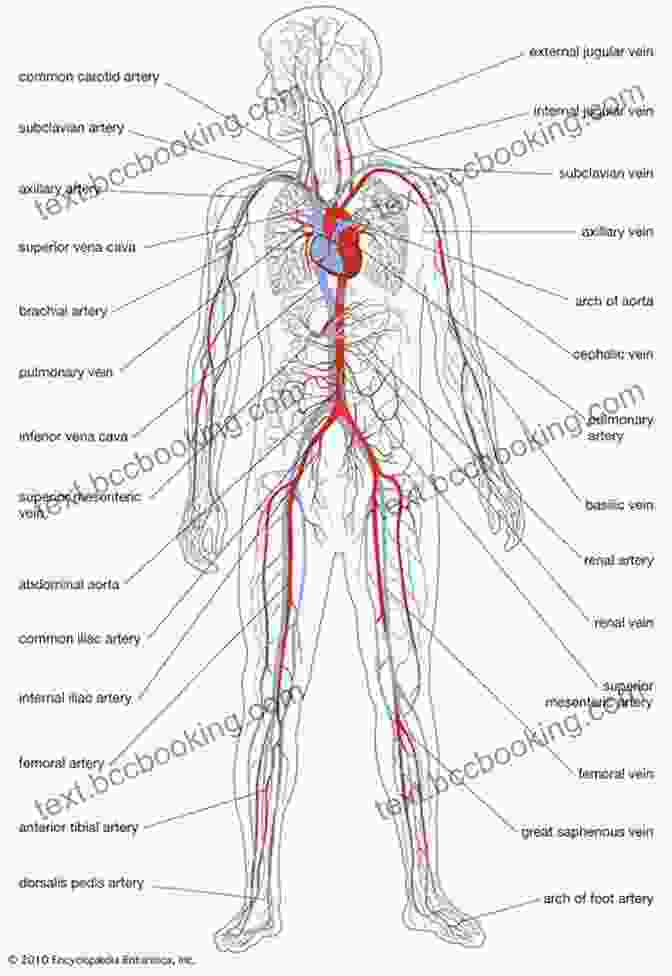
: A Tapestry of Form and Function
In "An Illustrated Guide to the Wonders of Form and Function from Bones to Beak," we have journeyed through the intricate tapestry of nature's designs, uncovering the remarkable adaptations that have shaped the evolution of life on Earth. From the smallest microbes to the largest whales, every organism embodies a unique balance between form and function, a testament to the boundless creativity and ingenuity of nature.
As we continue to explore the natural world, we marvel at the endless wonders that await discovery, inspiring us to appreciate the intricate complexity and enduring beauty of life's grand design.



